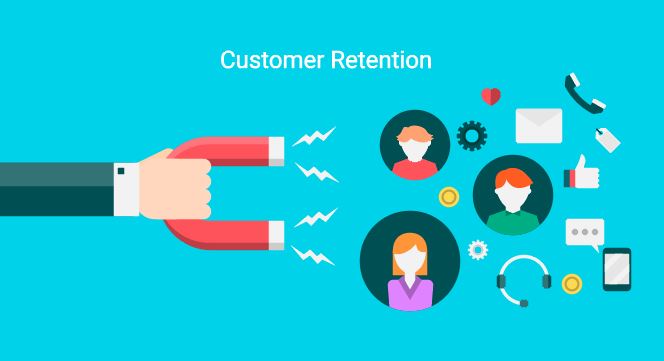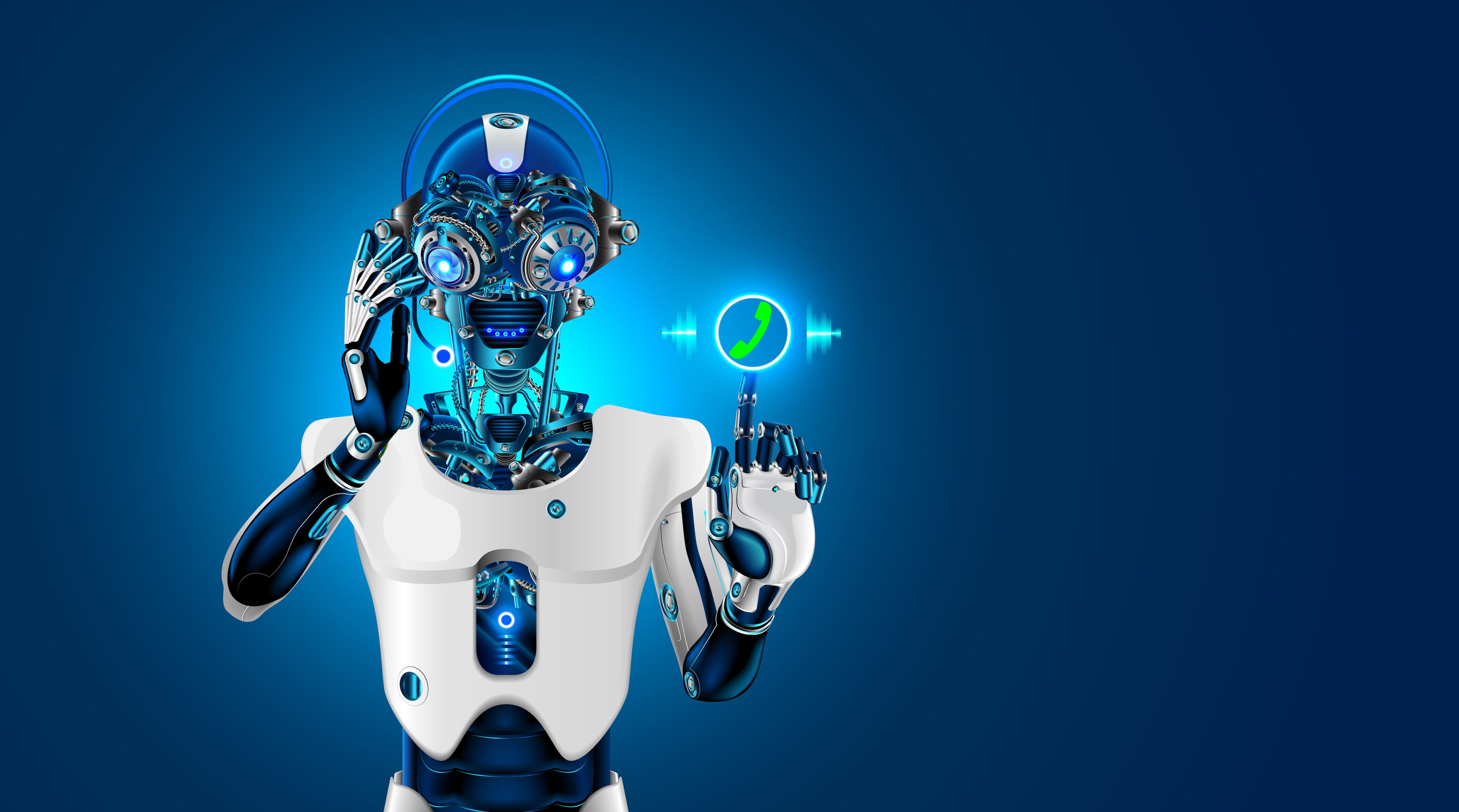Customers are a group of people so diverse you shouldn’t be able to categorize them. And yet figuring out the types of customers is one of the first steps of a successful business strategy.
If you search for your brand name on review websites or social media, you’ll get several different reviews & reactions to your products and services from customers. Now combine that with the purchase history of a select few of those customers in the last 6 months, and you might see a few patterns emerging.
These patterns will help you answer the following questions.
- How often do customers buy from you?
- What are they saying about your product on public forums?
- Are they happy with your customer service?
By categorizing the above information, you’ll be able to list down a few customer types. While this is an approximation, it gives you a good starting point to understanding your customer base better
Why should you identify the different types of customers?
What are the advantages of understanding these customer types? Well, there are primarily two reasons to dive into the different types of customer you deal with daily:
Prioritization: Customers are not all equal, and that’s ok. While you owe every single customer a seamless experience and easy access to support, the truth is, there are bound to be customers who are loyal to you, have made higher-value purchases, and bring in more business through referrals. It’s good business to prioritize these customers and deliver an elevated experience.
Personalization: Every customer type is different. So the strategy you use either to serve them or when you are trying to win them over will be different. Understanding what kind of customer you are dealing with helps you personalize your strategy.
Types of customers, their personality traits, and creating a strategy
The three teams that usually have to directly or indirectly deal with customers are customer service, sales, and marketing. These teams interact with customers at different stages of the sales funnel, and the types of customer interaction changes based on what stage of the cycle it took place in. Since ‘Sales & Marketing” are usually the first team to interact with prospects/customers, we’ll begin with them, followed by Support’ customer types.
Sales & Marketing
A customer’s journey begins even before they become your customers. Their first touchpoint is with the marketing team, usually as prospects. Understanding different personas and then creating messaging to target them makes it necessary for the marketing team to understand the types of customers they are dealing with, identify potential challenges and draw them in with a convincing narrative. Then it’s the job of the sales team to decode every specific need of each persona and then pitch a compelling proposition to convert them into customers. Here are the types of customers that you’ll encounter during the purchase and pre-purchase stages
1.Free Customers:
These are the types of customers who are giving your product or service a trial run before deciding whether it’s worth the money. Some examples are users who sign up for free versions of a product or service or only use open-source software.
Personality traits
- Curious
- Cost-conscious
Winning them over: Free users consist of both potential customers as well as those that are merely looking around. Being able to distinguish between them is the first task for your marketing and sales teams to be able to personalize their offers.
Once you’ve accomplished that, use the right pricing and packaging of your paid plans to entice free users to upgrade to paid plans. Shifting a feature or two from the free program to the paid plan could also help convert more users to paying customers
2.New Customers:
These customers are buying from you for the first time. They’ve come to you either because of marketing efforts or peer recommendations. Making a good first impression is important because it validates the reason they chose your company.
Personality traits
- Expectant
- Uncertain
Winning them over
The key to making an excellent first impression is to explain the value of choosing your product or service offering and then following that up with delivering that value. This means convincing the customer that your product is the right choice to solve their most pressing problems. You should also have a smooth onboarding process so that the customer receives complete information consisting of company stories, product tutorials, etc.
3.Bargain Customers:
Bargain or discount customers are the most difficult to negotiate with. They are always looking for a cut-price deal. Most of their decision making during the consideration stage of their buying journey comes down to cost.
Personality traits
- Price hagglers
- Hard negotiators
Winning them over
There are a couple of ways to hook even the hardest bargainer. While this might seem like a problematic type of customer, bargain customers provide an excellent opportunity to flex your marketing and sales team’s creativity in converting these customers.
Entice them to buy a plan that ties them down to a more extended period if it’s a subscription model that you are using. Make them see more value in a lower yearly subscription plan as compared to a monthly one. This guarantees you a higher LTV and a revenue stream.
4.Informed Customers:
Informed buyers are comprehensive. They come prepared, armed with extensive knowledge built through research before even entering a store or talking to a sales representative. When negotiating or trying to pitch a sale to these types of customers, you’ll have to be as thorough as they are. If your product is not in their consideration, set its a herculean task to make them even glance your way.
Personality traits
- Detail-oriented
- Thorough and methodical
Winning them over
The best way to win over highly informed customers is to have subject matter experts to vouch for your product or service being offered. While they might be familiar with most of the essential details of what you have to offer, a deeper understanding of your domain shows them what you are talking about.
5.Impulse Customers:
mpulse buying both in the online and physical purchasing world is still an intriguing psychological concept that companies try to take advantage of through various techniques. The impulse buyer always makes unplanned purchases that are triggered through sudden, unpredictable urges or needs. But sometimes they may need a small push to trigger that impulse.
Personality traits
- Big spenders
- Consumerist mindset
- Easily swayed
Triggering the impulse
Marketing teams play a significant role in getting buyers to purchase items on a whim. Flash sales and limited-time offers are two prevalent and effective impulse triggers. Discounts are the most mainstream impulse buying triggers. A popular discount strategy is incentivizing a purchase by promising a discount on certain items during the customer’s next visit. You’ll come across these both in stores and online shopping.
Customer support
Once customers complete their purchase, customer service teams become the primary point of contact. The types of traits and personalities support teams deal with are different because customers have different expectations during post-sale stages. Adapting to which kind of customer you talk to is a necessary skill. Here are the different types of customers they will encounter and how you should handle them.
1.Loyal Customers:
This first type is a unique scenario where both sales and support play an equally important role. Loyal customers are the types you know and love. Your brand is the first name they think about when it comes to buying a product or service in your industry. You’ve achieved customer loyalty by providing great value through your offerings and your customer service.
Personality Traits
- Preference for Quality
- Consistency
- Repetitive & Habituated
Retention strategy
What’s important with loyal customers is how you handle them after they’ve become your customers. The number of choices consumers have today is the highest it’s ever been. This makes it even harder to retain them.
Keep them up to date with launches or new features about your product regularly. If the customer has a higher share of wallet, you can assign dedicated account managers and customer success managers to ensure they get the attention they are paying for. Eventually, you can ask them to be part of case studies, customer success stories, or testimonials to improve your brand image.
The entire customer experience matters, and therefore marketing sales and customer support have to work together to maintain the relationship.
2.Satisfied Customers:
These are your best customers because they are thrilled with your service. They rarely give negative reviews because your company has managed to satisfactorily exceed all their service expectations.
Personality Traits
- Friendly
- Polite
- Understanding
Your strategy
Do what you’re doing to keep them happy. Keep providing excellent customer service and always give them priority when required. These are your best customers and advocates, so you must do everything in your power to satisfy their requests.
Level of support
Personal Manager/ Senior support agents
3.Curious Customers:
These are customers who always have a lot of questions for your support team. Either because they are new to the product or because they just require a lot of assistance in general. You’ll see that most of their questions are basic or informational and can get repetitive.
Personality traits
- Need constant help
- Ask fundamental questions
Your strategy
When dealing with curious customers, patience is key. Train your agents to listen to customer queries and respond with elaborate answers that give them all the information they need. You can also take the opportunity to record some of the more frequently asked questions and build solution articles that customers can access on your website. This way, you can reduce the number of common complaints you get and also improve your Knowledge Base and Self-service capabilities.
Level of support
Junior agents / Chatbot/ Self-Service
4.Demanding Customers:
Not to be confused with unhappy customers, these people expect the best level of service every time they contact you. Your support team will always have to be on their toes when dealing with these types of customers. If your level of service falls below their expectations, they might not give you a second chance.
Personality traits
- Impatient
- High expectations
Your strategy
The best way to handle demanding customers is to work on a request to request basis. Provide the service they are looking for without any delays. It’s not possible to be perfect all the time but place them as high as possible on your priority list. Over time, by delivering a consistent experience, they’ll gain your trust and build a rapport with you.
Level of support
Senior support or associate Manager
5.Disgruntled Customers:
They are the most challenging customer type to have a conversation with. They might have had a bad experience in the past or weren’t satisfied with the product or service you are offering. Long wait times, or having to regularly phone customer service only to be put on hold are all examples of bad service experiences they could have encountered.
Personality traits
- Angry
- Unhappy
- Frustrated
Your strategy
You’ll have to tread carefully when faced with disgruntled customers because one misstep and they might churn or even worse, talk about their negative experience on social media, which is the last thing you want.
Here’s where customer empathy becomes essential. You have to put yourself in their shoes and really understand where they’re coming from. Once you’ve done that, craft a meaningful apology followed by the reassurance that their problem will be solved. Back this up by taking action swiftly and fixing the problem. Don’t forget to send a final follow up saying that such a scenario will not happen again.
Level of support
Senior support associate/Manager
6.Unknown:
There are certain types of customers who don’t fall into any category, as it’s difficult to interpret their interactions. They don’t really give away what they feel about your service or your products. Possible reasons for this could be that they don’t have the time, or they see it as a purely transactional conversation. Not being able to figure out what kind of customer they are can be a problem, especially when it comes to feedback. They might be customers who are actually unhappy but don’t really reflect it in customer surveys, giving only neutral responses.
Personality traits
Unknown
Your strategy
There really isn’t a specific way to identify this type of customer, but you can try different surveying techniques apart from measuring customer satisfaction. One such metric called Customer Effort Score or CES – measures how easy or difficult a service interaction is for the customer. Unlike the CSAT survey, this gives a more holistic picture of the experience and can lead to better responses for your surveys.
Level of support
Junior support agent
Understanding Customer Types is a Habit of Successful Companies
Gathering as much information as possible on your customers should be a daily exercise. Companies like Amazon, Zappos, JetBlue have been built on the concept of customer obsession. While it’s not easy to reach that level of perfection, creating these customer profiles and catering to their specific needs goes a long way in keeping customers happy. With a wealth of options for consumers, building a segment based strategy is the key to customer retention.










